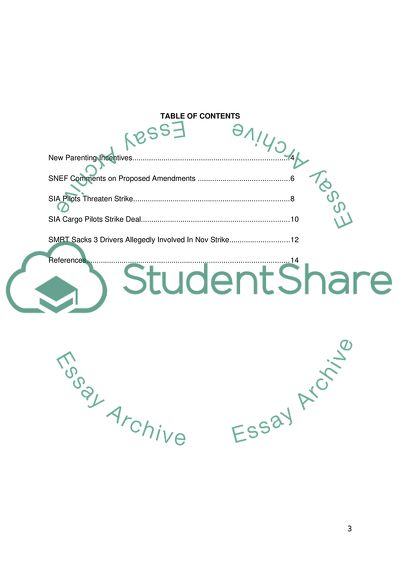Cite this document
(The Young Working Population of Singapore Essay, n.d.)
The Young Working Population of Singapore Essay. Retrieved from https://studentshare.org/people/1792950-industrial-relation-singapore
The Young Working Population of Singapore Essay. Retrieved from https://studentshare.org/people/1792950-industrial-relation-singapore
(The Young Working Population of Singapore Essay)
The Young Working Population of Singapore Essay. https://studentshare.org/people/1792950-industrial-relation-singapore.
The Young Working Population of Singapore Essay. https://studentshare.org/people/1792950-industrial-relation-singapore.
“The Young Working Population of Singapore Essay”, n.d. https://studentshare.org/people/1792950-industrial-relation-singapore.


